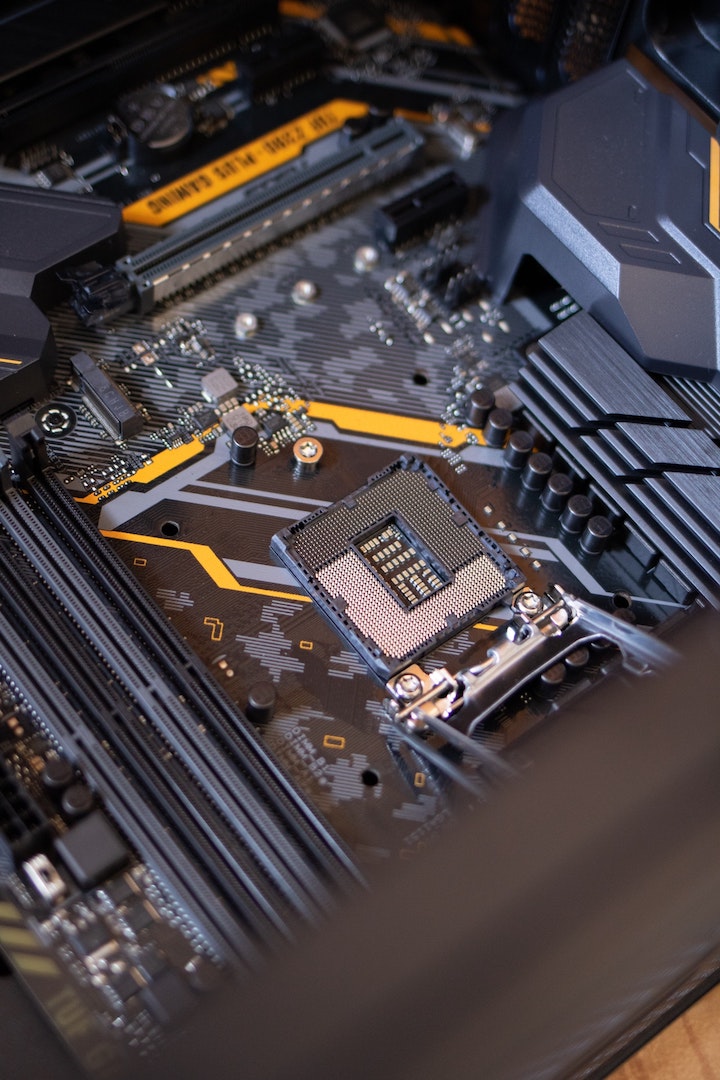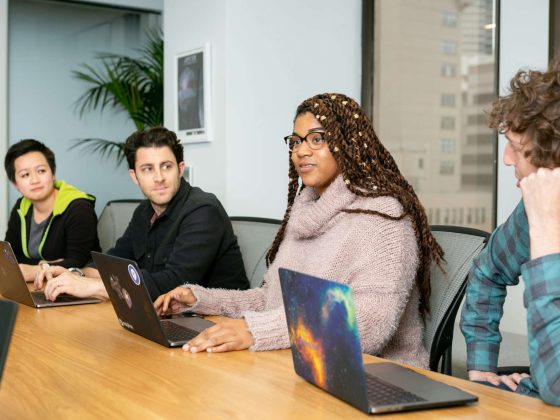Technology is credited as an advancement that improved the lives of 4 in 10 Americans in the past half a century. They also expect it to continue to have a major impact in the next 50 years. Indeed, tech revolutions impact the lives of everyone around the world. For people with a disability, technology can enhance their mobility, compensate for some impairments, promote independence, and improve quality of life.
Assistive Technology
Those with disabilities find it difficult to do daily activities such as walking, reading, writing, or traveling. Fortunately, technology can reduce the barriers that individuals with frailties face. For example, apps for disabled people aim to make their lives and manage their conditions better. Children with cerebral palsy can use mobile applications to build their language skills, improve math abilities, or enhance communication facilities. Adults with physical disabilities can make use of assistive touch on mobile apps to operate a smartphone whether it’s to open or interact with an application.
Assistive technology also targets specific disabilities. Wheelchairs, walkers, canes, prosthetic, and orthotic devices boost mobility for those who have problems moving. The integration of smart technology in these mobility devices enables users to be independent and navigate areas safely. To illustrate, power wheelchairs fitted with sensors and digital twin maps allow riders to avoid obstacles. Luci, a wheelchair designed and made in the US, uses radar and cameras to slow down the chair and avert accidents. The visually impaired can also take advantage of global positioning system (GPS) apps that announce street names, crosswalks, or crossroads. This tech tool can even read out turn-by-turn directions if needed. Those who have problems hearing can enhance their understanding by using hearing aids while cognitive aids assist people with attention or memory.
Physical Modifications
In addition to technology that focuses on different impairments, it is also a great idea to alter the physical accommodation of users with disabilities. Modifications to a home can enhance independence and improve the quality of life. These will include constructing ramps, installing grab bars, and expanding doorways for accessibility. You don’t need to adopt sophisticated technology to foster independence. Often, the simplest change can mean a lot to the mobility of an individual.
Take a smart switch as an example. Lights that can be controlled with gestures or using an app make a world of difference to those who are on wheelchairs or who use assistive devices. Instead of getting out of bed to switch off a light, all they need to do is to go on their phone or mobile device and switch off lights without going through the hassle of putting on their prostheses or using their walkers. Sensors fitted in corridors and bathrooms also make it seamless for people to move about without fumbling in the dark looking for switches. Furthermore, if they need assistance, the house can be fitted with panic buttons or emergency alerts if the individual does not have access to their personal alarms.










